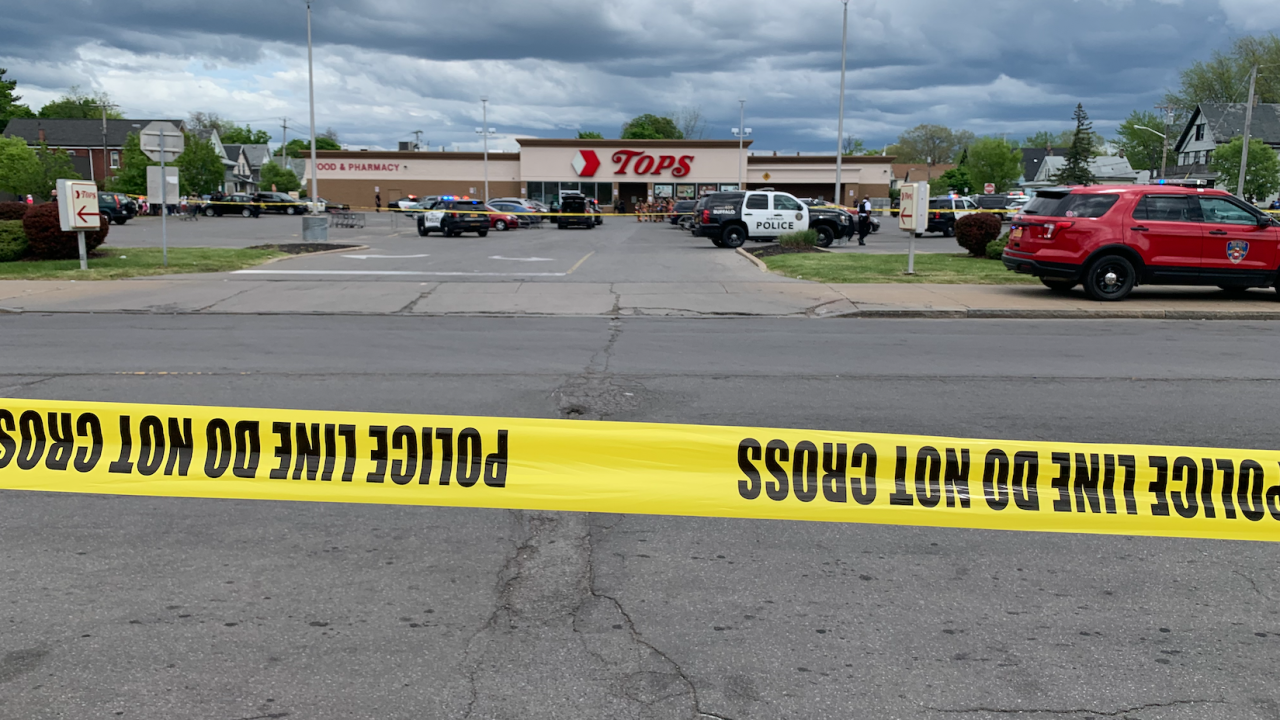KANSAS CITY, Mo. — Overland Park's Jewish Community Center, a church in Charleston, a synagogue in Pittsburgh, a mosque in New Zealand, a Walmart in El Paso and now a grocery store in Buffalo — these are all scenes of hate-fueled shootings.
According to researchers who specialize in understanding extremism, those incidents tend to provide successive blueprints.
"This really kind of shows the weaponization of the internet," Morgan Moon, an investigative researcher associated with the Anti-Defamation League, said.
Researchers say each of these tragedies is motivated by the conspiratorial great replacement theory — an ideology not grounded in fact, but still can radicalize across time zones.
"None of these actors are existing on their own, they're all influencing one another," Moon said. "When this individual shares a manifesto, shares this feed, it's influencing a broad range of individuals from across the United States, from across the ideological spectrum."
Rachel Carroll Rivas, a senior research analyst with the Southern Poverty Law Center, is now calling for public and private intervention.
"We should interrupt and stop hate, no matter where it's perforating," Rivas said. "And if that includes online, we need our governments as well as our business owners, and social media business owners, to address the use of their services in the proliferation of hateful ideas that are causing violence."
Last year, the SPLC tracked more than a dozen hate groups in Missouri and Kansas, which you can view here. That metric doesn't tell the whole story.
"While we have a decrease in the number of groups, we have an increase in the amount of activity over the last five to ten years," Rivas said. "I think that that's really notable, what that means is that people can engage in these ideas, in these activities, without being a formal member of some particular group because they are so accessible."
The ADL told KSHB 41 that it's tracking in real time the spread of the hateful screed written by the perpetrator of the attack in Buffalo.
They say more than 60% of that material is copied and pasted from the writings of the New Zealand attacker who killed more than 50 Muslim worshipers at a mosque a few years ago.




